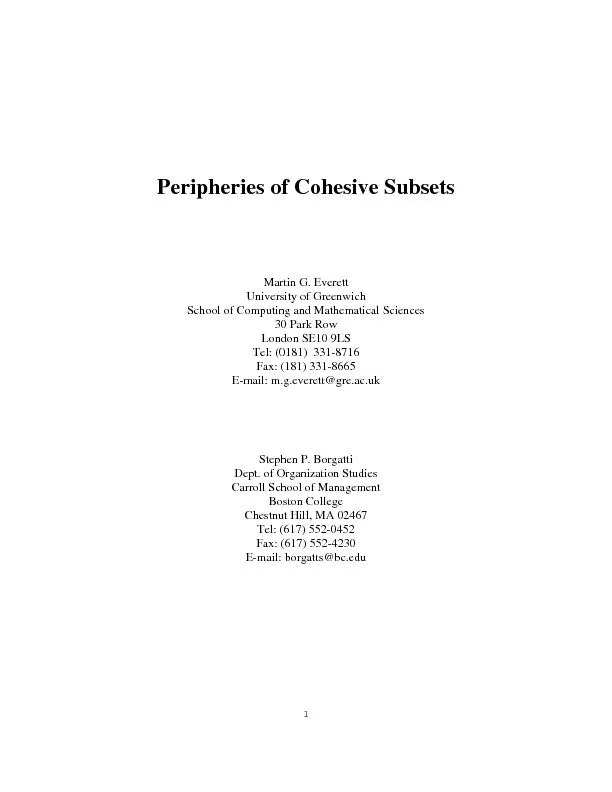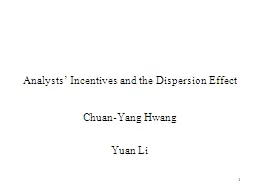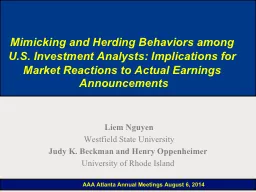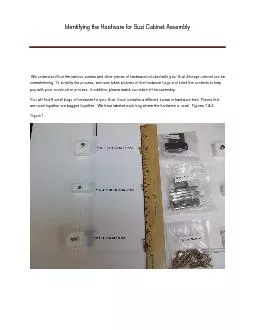PDF-Network analysts have developed a number of techniques for identifying
Author : sherrill-nordquist | Published Date : 2016-07-08
belong to a given group In this paper we explore ways of identifying actors that are not members of a given cohesive subgroup but who are sufficiently well tied
Presentation Embed Code
Download Presentation
Download Presentation The PPT/PDF document "Network analysts have developed a number..." is the property of its rightful owner. Permission is granted to download and print the materials on this website for personal, non-commercial use only, and to display it on your personal computer provided you do not modify the materials and that you retain all copyright notices contained in the materials. By downloading content from our website, you accept the terms of this agreement.
Network analysts have developed a number of techniques for identifying: Transcript
Download Rules Of Document
"Network analysts have developed a number of techniques for identifying"The content belongs to its owner. You may download and print it for personal use, without modification, and keep all copyright notices. By downloading, you agree to these terms.
Related Documents














